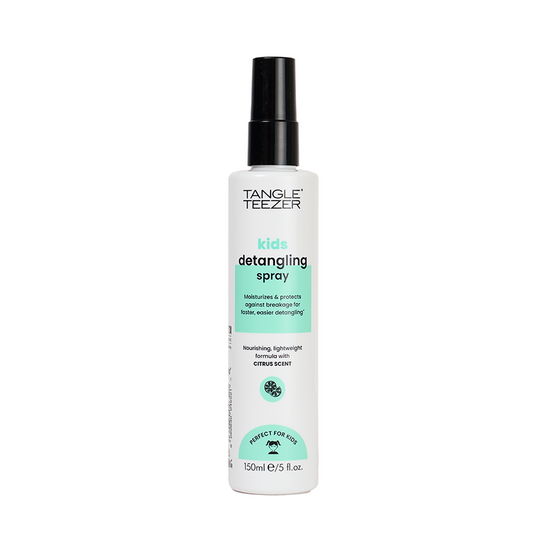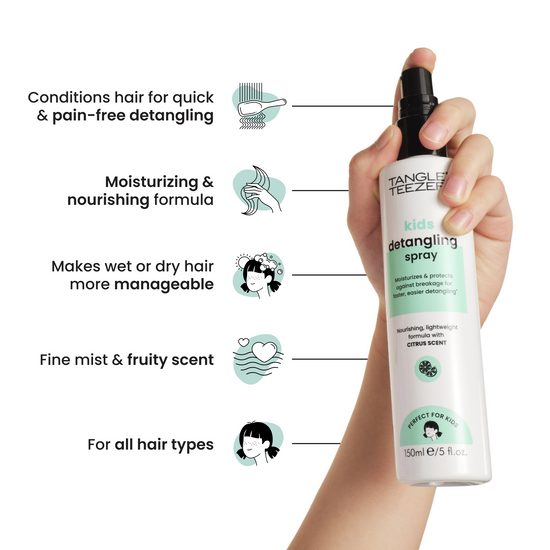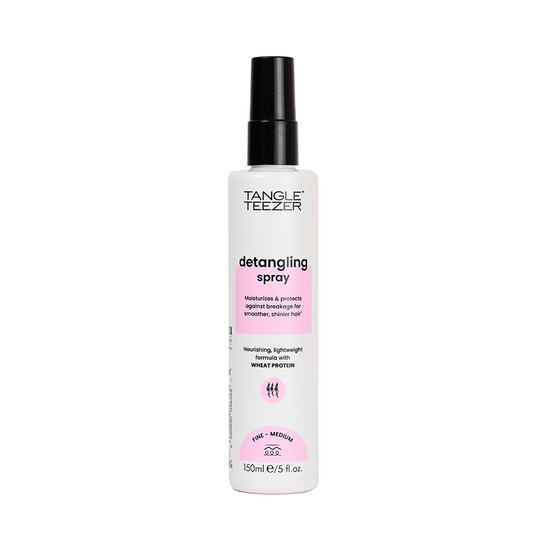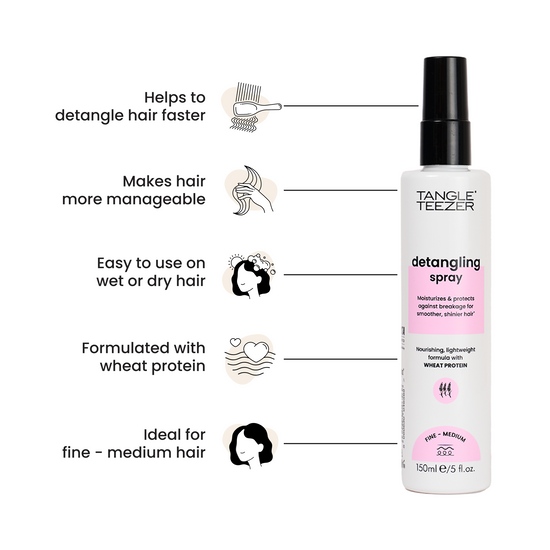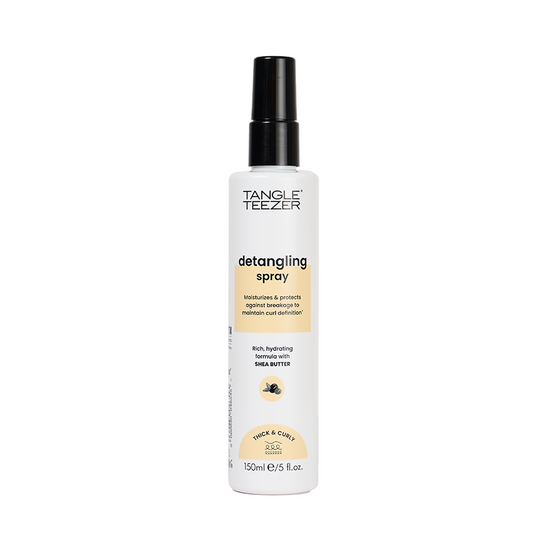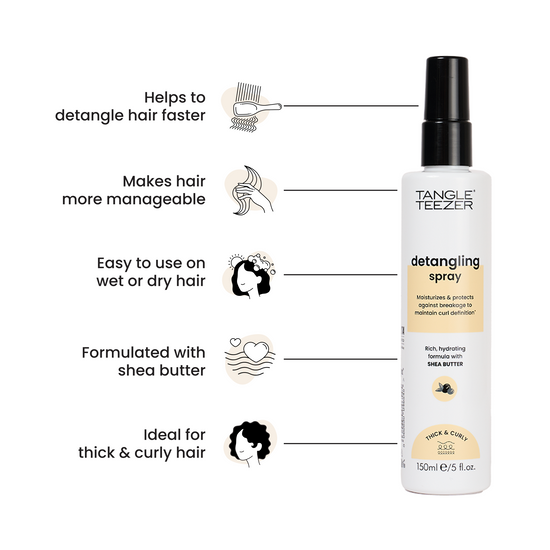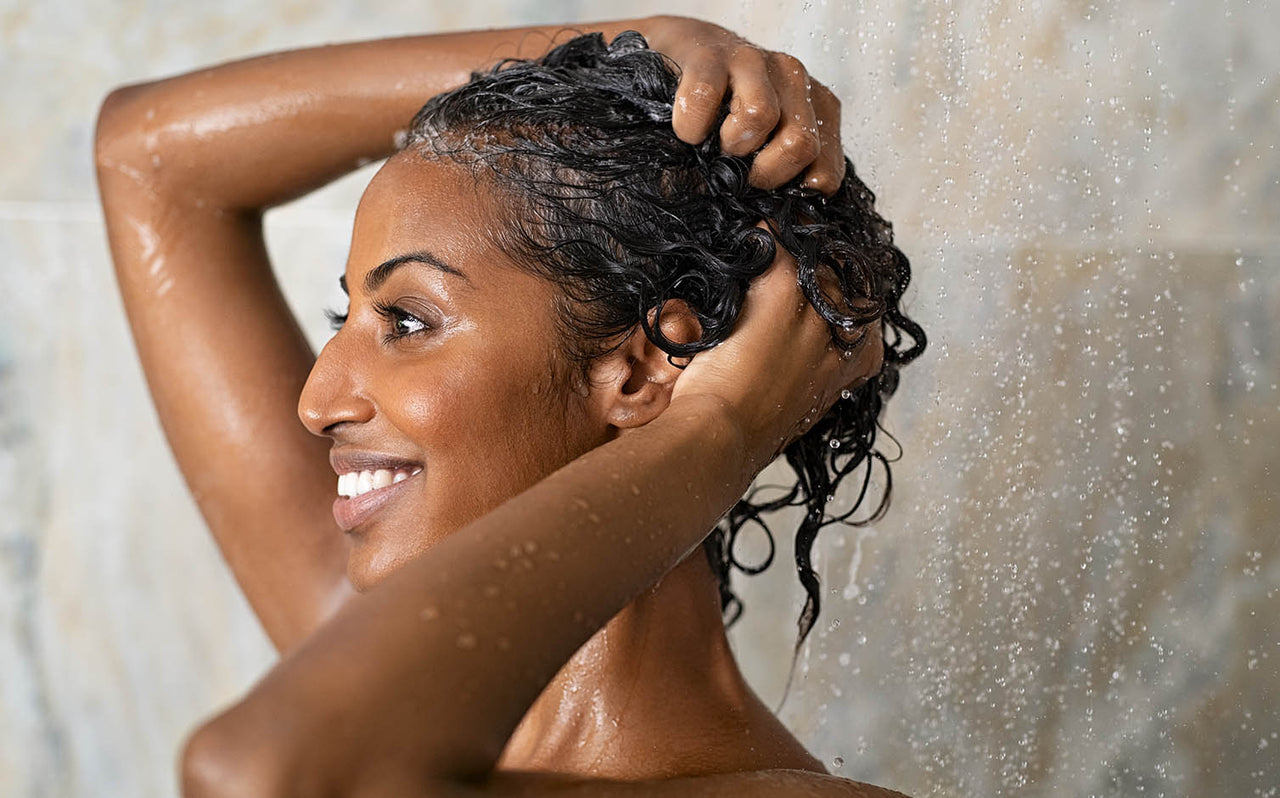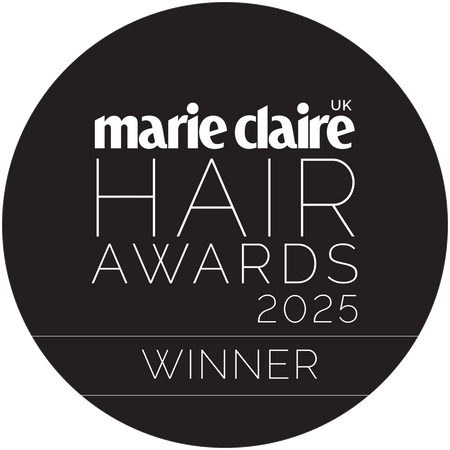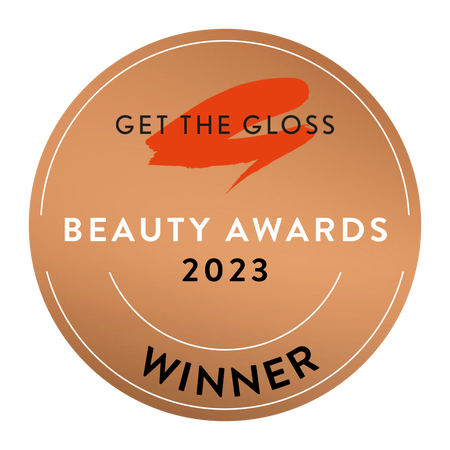The short answer is yes. Brushing hair is safe if you’re doing it properly, but if you don’t take care then you could end up with some damage - which we definitely don’t want! Wet hair is a lot weaker than dry hair and far more susceptible to breakage and damage. Hair is mostly made up of a number of proteins called keratins and these are kept within the cuticles of your hair - you can think of the cuticle as a sort of flexible armor for the keratins. When your hair is wet, the proteins form weaker bonds and when it’s dry they form stronger bonds. When wet hair is brushed, the hair strands stretch and don’t snap back into shape like an elastic band and instead the cuticle edges (the flexible armor) lift up and crack. Once the hair is dry again, the cuticle can stay lifted and that’s what makes your hair feel rough and damaged.
Whether you can safely brush your hair when it’s wet also depends on your hair type. If your hair is fine, fragile, over-processed or very damaged, brushing it when it’s wet can cause the hair to over-stretch or over-pull and tear, but never fear! Tools like our Fine & Fragile Ultimate Detangler can put your mind at rest when detangling your wet hair.
If you have curly, coily or textured hair, brushing your hair when it’s wet is definitely the preferred way to do it - brushing it dry is a big no-no! Brushing curly hair when it’s wet not only makes the detangling process way easier, it also reduces breakage and keeps your curl pattern intact.
What type of brush should I be using on my wet hair?
The best and gentlest ways to detangle your wet hair are with your fingers, a wide-tooth comb or a wet detangling brush. Our preferred tool is a Ultimate Detangler brush, of course. And we’re not just tooting our own horn. Using our two-tier teeth technology, our Ultimate Detangler was designed for wet hair. Not only does it have a handle so you can get a good grip when things get slippery in the shower, its 325 teeth gently flex over any knots you have, leaving you tangle-free with reduced breakage.

If you have thick, curly or coily hair, our Naturally Curly Ultimate Detangler has longer, firmer teeth to make detangling a breeze.
And if your hair is extra vulnerable or damaged, our Fine & Fragile Ultimate Detangler is made with softer teeth, meaning it’s super gentle on your hair.

How to brush your wet hair
It’s the moment you’ve been waiting for - how to safely brush your wet hair. As we mentioned, you can detangle your hair using your fingers or a wide-tooth comb, but we prefer using a wet brush so that’s the method we’ll talk you through. It’s the best way, after all. And no we’re not biased. Ok, maybe a little biased.
There’s two different ways we like to detangle:
In the shower
1. Wash and shampoo your hair.
2. Apply your conditioner.
3. Grab your detangling brush and starting from the ends of your hair, gently start brushing. As you work through the knots, slowly make your way up your roots.
4. Carefully wash out the conditioner and complete your wash day routine as usual.
After the shower
1. Complete your wash day routine as usual.
2. Before leaving the shower, squeeze out any excess water out of your hair using your hands.
3. Gently towel dry your hair using a microfiber towel.
4. Use a detangling product, like a detangling spray.
5. Using your detangling brush, split your hair into sections and start brushing out the knots and tangles, starting from the ends of your hair and working up to the root.
6. Follow the rest of the steps in your hair care routine.
Top tips to not do with wet hair
Now you know how you should be brushing your wet hair, but let’s look at some things you definitely shouldn’t do when your hair is wet.
Don’t use a regular brush
As we mentioned above, your hair is extremely vulnerable when it’s wet and using a brush that wasn’t designed specifically for wet hair will tug on your hair, causing damage and breakage.

Don’t use heated products on extremely wet hair
If you use a hair dryer or straighteners (shudder) on wet hair, you will cause so much damage to your hair. The heat will cause all the water your hair is holding onto to become extremely hot, essentially cooking your hair. Before blow-drying, make sure you’ve towel dried or partly air dried your hair and if you’re using other heated tools like a curler or straighteners, your hair must be completely dry. For extra protection, make sure you’re using a heat protector spray.
Don’t go to bed with wet hair
Going to bed with wet hair will only cause more tangles - the exact thing we’re trying to avoid! Lying on wet hair can also cause the hair to stretch and break. Make sure you air dry your hair in good time before lights out, or carefully dry it using your hair dryer.
Don’t apply several products on wet hair
If you apply your products on soaking wet hair, the hair won’t be able to effectively absorb the products and overloading too many products can cause more harm than good. Make sure you’re squeezing out the excess water when you’re in the shower and then towel drying with a microfiber towel.
Don’t put your hair in a bun or ponytail when it’s wet
When you get out of the shower, sometimes you want all that wet hair out of your face and you might be tempted to put it in a bun to stop all the water from running down your back. But don’t. When you tie your hair back when it’s wet, you’ll stretch the vulnerable strands, making it more prone to breakage. Either wrap your hair up in a microfiber towel or cotton t-shirt or get to blow drying.
Don’t use a regular towel
You may have noticed we’ve mentioned using a microfiber towel or cotton t-shirt to towel dry your hair with. This is because these are both far gentler on your hair than a regular towel. Not only should you ditch your regular towel, do not rub the hair when towel drying. Instead, gently squeeze the water out, working your way down the strands.
Now you should be pretty confident when it comes to how to brush and treat your wet hair. Remember, use a wet brush that’s designed for wet hair, start brushing from the ends and work your way to the top and use a conditioning treatment or detangling product. Oh, and the final step - enjoy your tangle-free, healthier hair!
